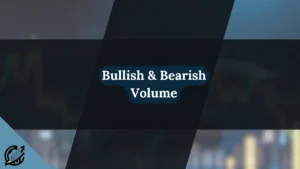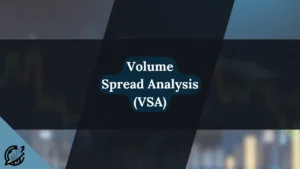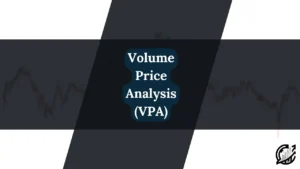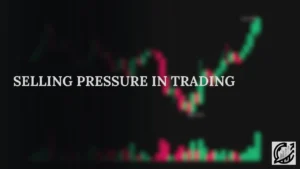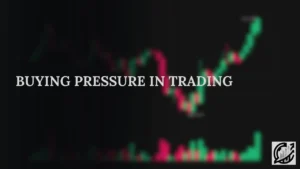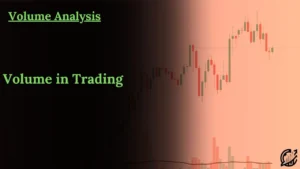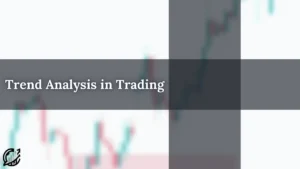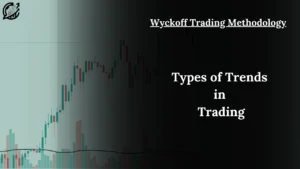Wyckoff trading studies are totally based on understanding market behavior through volume and price action. His century-old market theory explains how price and volume reflect the intention of professional money. According to his theory, by studying the relationship between supply, demand, and price movement, traders can uncover the institutional motives behind price action.
As market has been evolved but Wyckoff principles remain deeply relevant in modern trading. These concepts form the foundation of advanced market analysis techniques. As Richard Wyckoff was a stock trader, but his techniques can be used to access forex, crypto, and equities.
In this section, you’ll explore two comprehensive guides. One of the sections is dedicated to Volume Spread Analysis. The studies of this section were originally crafted by Tom Williams. In VSA, we decode market strength and weakness through volume behavior.
The other one focuses on Wyckoff Trading Concepts. This section explores the underlying market structure and phases that drives price cycles.
Volume and VSA Guide
Volume and VSA guide is designed to help traders understand the relationship between volume and price, and how it reveals the true behavior of market participants. VSA was developed on the foundations of Wyckoff principles. It interprets the relationship between volume, spread (candle range), and closing price. This can be used to expose the balance between supply and demand.
By applying this, you can identify professional interference in market. This can help you understand whether smart money is accumulating positions before a rally or distributing ahead of a decline. This approach bridges the gap between price action and market psychology, and provides clarity into trend strength, reversals and false breakouts.
Within this guide, trader will find articles explaining how to read volume. Each post below provides practical insights.
Wyckoff Trading Concepts
The Wyckoff trading concepts explores core principles of the Wyckoff trading method. Wyckoff trading concepts are centered around how large institutions influence market direction through structured phases of accumulation and distribution.
Having an understanding of these concepts enables traders to anticipate major turning points and identify genuine trend formation. This section breaks down every essential Wyckoff concepts. You’ll explore how phases such as accumulatio, markup, distribution, and markdown represent shift in control between smart money and the public.
Each article within this section will guide you toward mastering the Wyckoff Trading Approach.
Connecting VSA & Wyckoff
The VSA and Wyckoff correlation reveals how two powerful analytical frameworks work together to provide a complete understanding of market structure and intent. It would not be incorrect that Wyckoff concepts outline WHY the market moves through specific phases like accumulation, markup, distribution, and markdown, while VSA explains HOW these phases unfold by analyzing the in-depth relationship between volume, spread, and price closing.
Combining them helps traders gain multi-dimensional view of price action. Wyckoff schematics helps you identify where in the cycle the market currently sits. On the other hand, VSA confirms the underlying strength or weakness within those phases. The beauty lies is that both are derived form the studies of Richard Wyckoff.
FAQs
What is Wyckoff’s Trading theory?
Wyckoff ‘s trading theory is based on the idea that market movements are influenced by professional operators. In Wyckoff terms, they are often called Composite Man. By studying the relationship between volume and price, Richard Wyckoff identified recurring patterns of accumulation and distribution.
How does VSA relate to Wyckoff concepts?
VSA, even VPA, builds directly on Wyckoff’s principles. Wyckoff explains the overall market structure, but VSA zooms into the details.
Is Wyckoff method still effective today?
Yes. The Wyckoff trading method remains highly relevant in today’s markets. The reason is that it is rooted deeply in human psychology and institutional behavior. There is a belief that it will never change.
